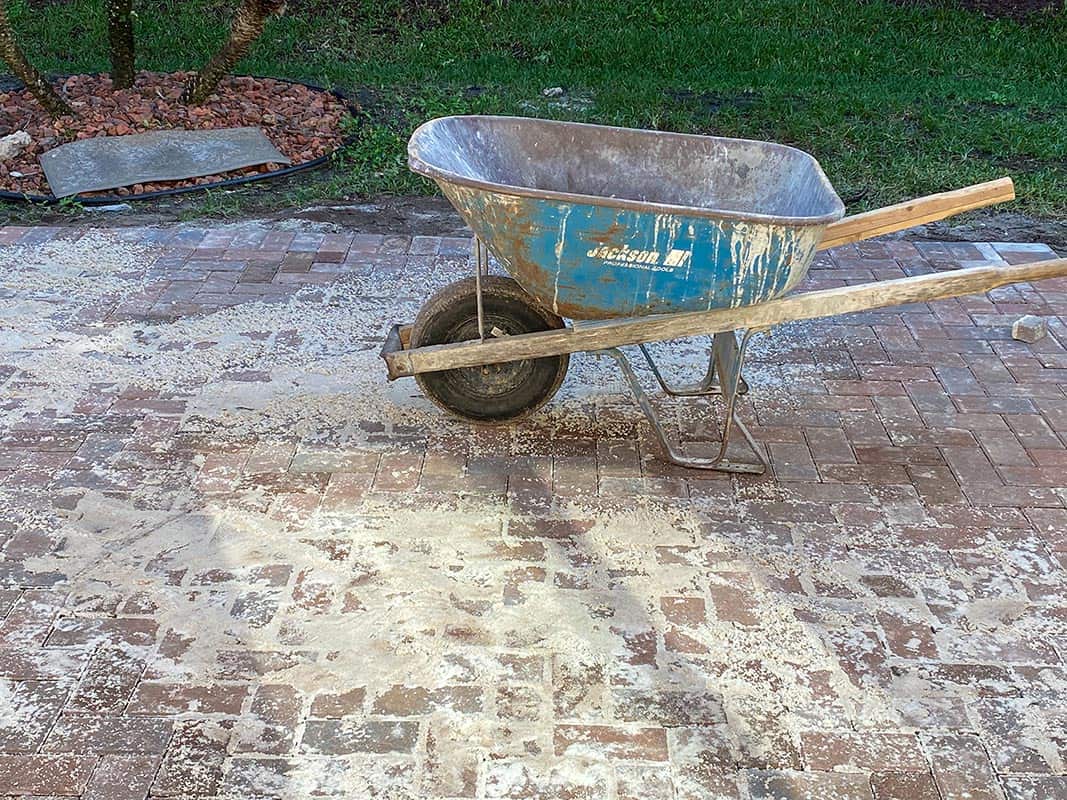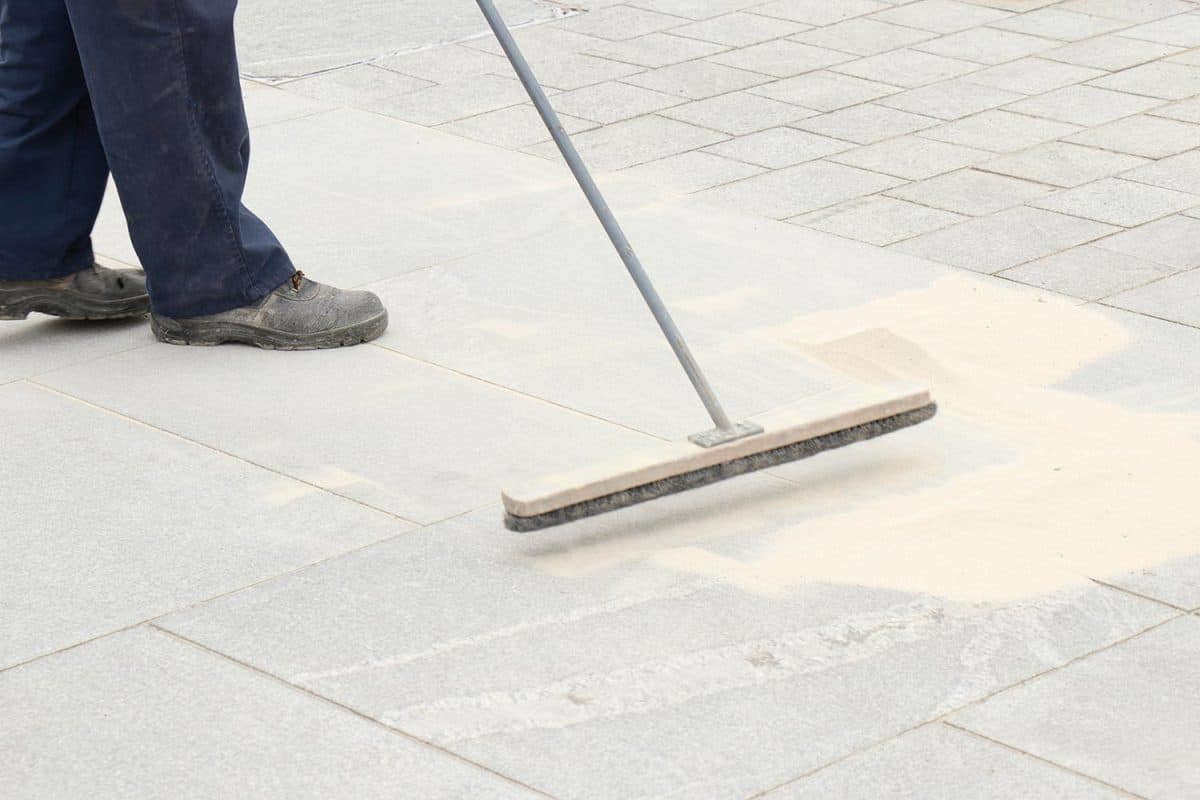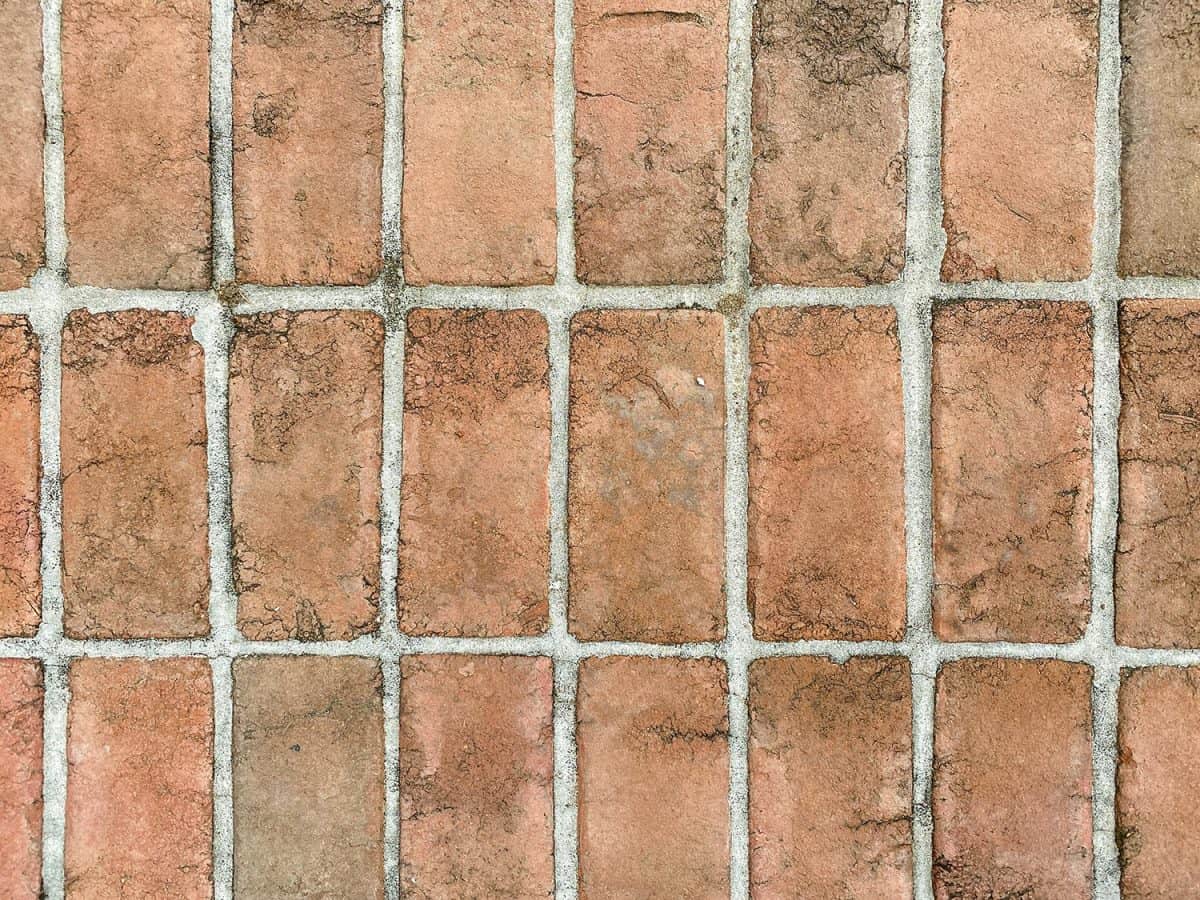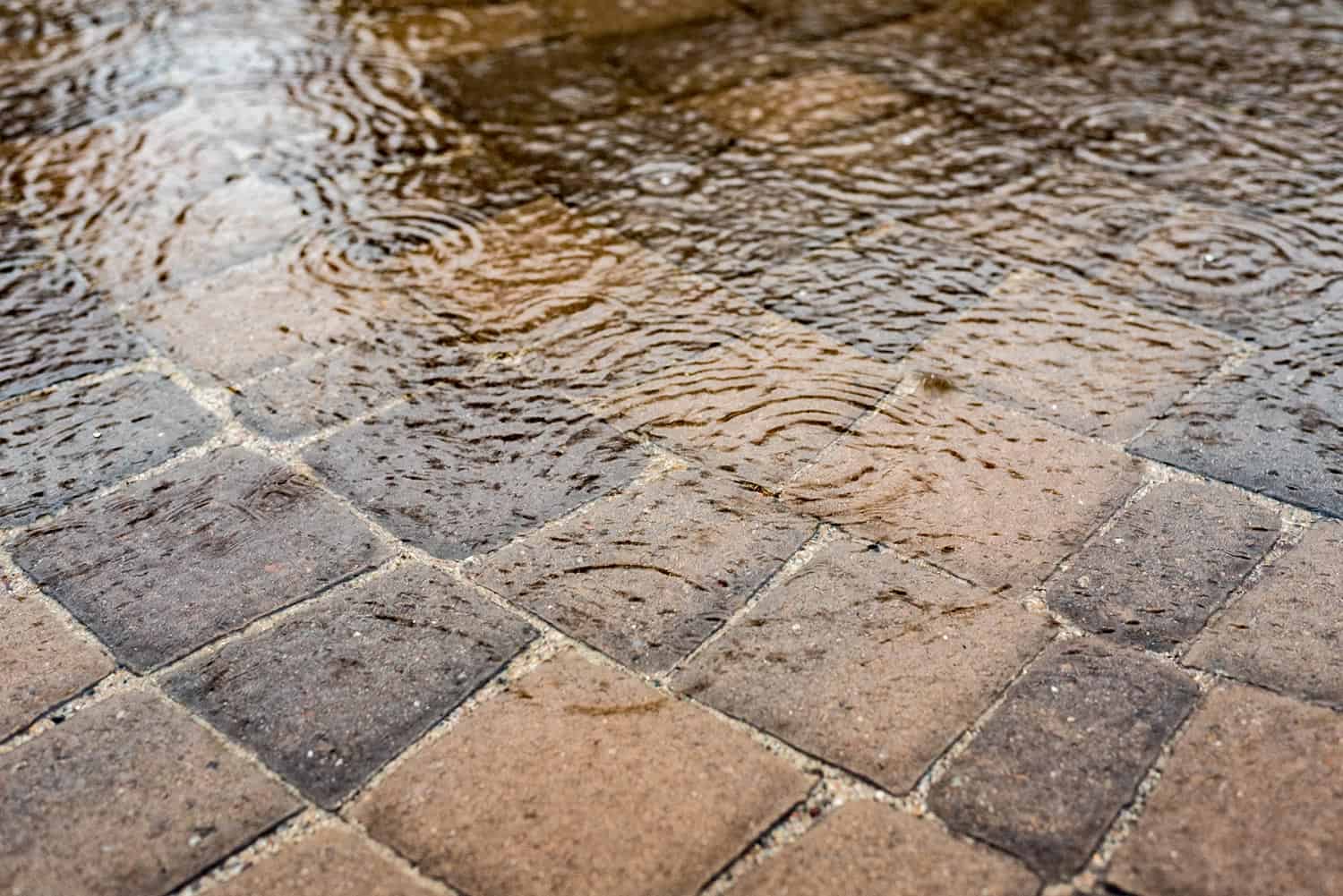Disclosure: We may get commissions for purchases made through links in this post.
Polymeric sand is an excellent material for filling paver joints. However, it still has its strengths and limitations compared to regular sand. One of its main issues is its permeability. The good news is we can now learn more about polymeric sand to see most of its qualities. We’ve researched different details on how polymeric sand works and why it could help you with your landscaping projects.
Polymeric sand is semi-permeable. It means that polymeric sand somehow allows water to pass through its compound. But then, polymeric sand is less permeable than other sand, making it more durable and long-lasting.
You can use polymeric sand anywhere for your landscape paver projects. But, is it really worth it to use this sand compared to other sand? Find out here how polymeric sand improves your pavement durability and why you should choose it among other paver joint fillers. Also, check out below the things you need to prepare before installing the polymeric sand.
![Sweeping in joint sand on a construction site, Is Polymeric Sand Permeable? [What You Should Know Before Filling Paver Joints]](https://pavingplatform.com/wp-content/uploads/2022/03/Is-Polymeric-Sand-Permeable.-800x1200.png)
Why is polymeric sand semi-permeable?
The science behind polymeric sand works when it reaches the water and it starts to form and harden. When water touches polymeric sand, it quickly forms an impregnable layer to water. The polymeric additive present in the polymeric sand enables the particles to fuse together instantly.
Besides that, the semi-permeability of the polymeric sand keeps the joint filled without damaging the paver projects. Most importantly, it guarantees that the beddings will start to get dry even when water starts to run along with the paver.
Remember, polymeric sand only starts to work when the water activates it. So its semi-permeable feature enables the polymeric sand to begin doing its job. It even starts locking the pavers of the project as it interacts with water.
Additionally, the semi-permeability of the polymeric sand tends to absorb moisture. However, it is not a big deal! So, there are no things to get worried about, particularly with the rain or any liquid reaching the floor. Moreover, different joint fillers like polymeric sand require different permeability to prevent weed growth and other infestations.
As for other sand materials, they are super absorbent, resulting in a weaker filler. Other cases let the water penetrate the bedding sand due to its high permeability. As a result, it will lead to consistent wetness, causing more issues in the future.
So, using polymeric sand can help prevent other problems while maintaining a better quality of the paver project. It then keeps the brick or stone locked in place along your walkways and patios.
How much polymeric sand is needed to use?

It is vital to consider different things before getting your polymeric sand. These details include the paver block thickness, block size, the jointing japs, along with the paver blocks. Whether using bricks or stones, you still check how to fit the fillers between the joints effectively. Then, assess how much polymeric sand is needed to fill the whole area.
What should you know before filling paver joints?
Before adding the fillers, you need to ensure that the pavers are super dry or have a pure absence of any liquid. In addition, it would help you keep the polymeric sand unactivated to prevent it from instantly hardening.
But then, if you are currently in humid weather, you can wait until the next time. Please plan ahead so that the dew burns off entirely before installing your fillers. You also need to keep this in mind whenever you are doing the project in the evening.
Afterward, you can now try adding the appropriate amount of polymeric sand. However, if it results in excess sand, simply blow off or sweep it. Then, complete it with water to start locking everything.

What are the other tips on installing polymeric sand?
Here are other tips you need to learn to install polymeric sand smoothly:
- Read the packaging instructions. You need to check the details on the packaging as it gives the whole procedure on how to activate the polymeric sand. The instructions also state how to complete the project without ruining any of its materials.
- Go with the best-quality polymeric sand. Don’t cheap out for the material you will add as filler to the paver joints. Ensure to use the top and best quality product.
- Be patient with the project. Preparing the whole filler takes time, and even the entire area setup requires your time and effort. So, ensure to get ready for creating the whole project. Moreover, keeping the proper phase in installing a joint filler will keep your work more delicate.
- Check the weather. Like the reminder above, you need to ensure that the project day is sunny and dry to prevent getting the polymeric sand wet. It would preserve the material from getting activated, and it will surely save you from a lot of mess.
Is polymeric sand permanent?

Polymeric sand is permanent, especially when it contacts with water. Water helps seal as a filler while making the entire paver project last longer. It even creates an individual concrete paver block when the activated sand starts to do its job.
One of the everyday things that might damage the polymeric sand is any extreme usage of the finished surface. It could lead to the disintegration of the joints, resulting in loosening all the polymeric sand.
However, your polymeric sand will hold firmly as paver filler if you keep everything in place without damaging the bricks and stones.
What is the difference between polymeric sand vs. regular sand?
Regular sand is just natural fine sand from rivers or mining areas. On the other hand, polymeric sand is man-made sand composed of polymer additives.
With the use of polymeric sand with polymer additives, it prevents other elements from growing within the pavers. In addition, it is even more durable as it holds the sand better than the regular sand. For example, polymeric sand can withstand power wash compared to fine natural sand. So, it brings adequate formation as a filler.
What are the benefits of using polymeric sand?

Besides its ability to harden while in contact with water, polymeric sand can also withstand rain. It can also get more strength even under a heavy rainstorm. Moreover, polymeric sand works extensively with water as it turns quickly into an extra filler.
Another incredible quality of polymeric sand is its durable finish. Its fascinating binding agents help a lot to keep everything together. Most importantly, it could last up to 10 years before getting a replacement.
Furthermore, polymeric sand can prevent weeds and ants from coming along your pathways. In this case, it doesn’t damage or cause any harm to your surface, keeping it tougher than the use of regular sand.
You can also coordinate using polymeric as it offers varieties of colors. You can choose from the colors grey, beige, and tan. It even enables you to mix and match hues for your sand and your bricks and stones hues.
Get More Ideas for your Paver Projects
Now that you are familiar with some qualities of polymeric sand, apply them to your own projects. You can also practice it and try it on to see how polymeric sand works really well. Besides that, you can also use it right away to keep your patios and walkways more durable.
If you need extra help in maintaining your outdoor areas, feel free to review the following tips and suggestions below:
Are Concrete Pavers Slippery When Wet?

![Vibrant Red Paver Stone Path, Can You Spray Paver Sealer? [How To Apply It]](https://pavingplatform.com/wp-content/uploads/2022/04/Vibrant-Red-Paver-Stone-Path-600x400.jpg)
![Properly laid out red pavers for a garden, Can You Tint Paver Sealer? [And How To]](https://pavingplatform.com/wp-content/uploads/2022/04/Properly-laid-out-red-pavers-for-a-garden-600x400.jpg)
